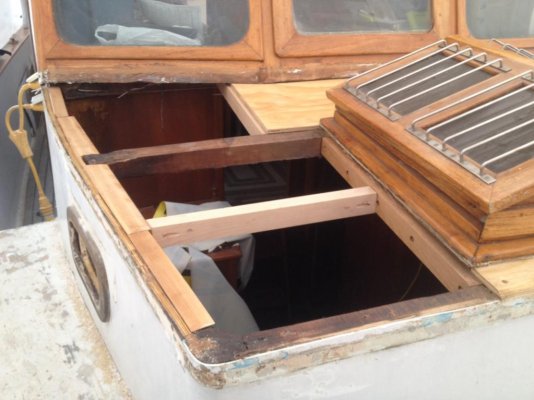Fotoman
Guru
- Joined
- Nov 12, 2009
- Messages
- 649
Ther were a few soft spots when I bought the boat 5 years ago so I knew I would eventually have to address the situation. But since I had many other priorities, I kinda forgot about it untill last summer when water started to make it's way inside the cabin when it rained. When I started investigating I quickly came to the conclusion that the only way to properly fix the issue was to remove the entire roof and start from scratch. Turned out it was a good decision because I realized it was even worse than I thought. The core of the starboard wall was completely rotten so I had to rebuild that too. It's a massive project but it's not as bad as it looks (that's what I keep saying to myself anyway!). It's mostly basic carpentry and fiberglass skills. And a lot of time.
Posting a few pictures from first half of the project. I'll post some more once completed in a couple of weeks.
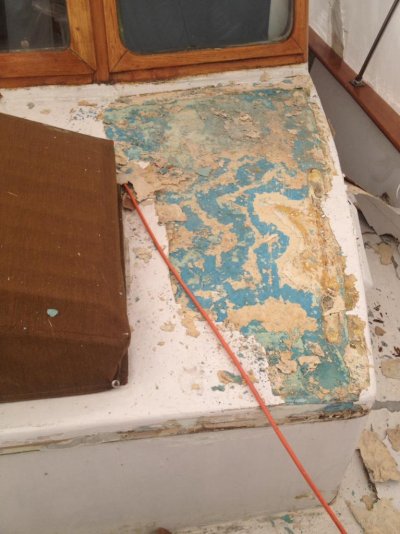

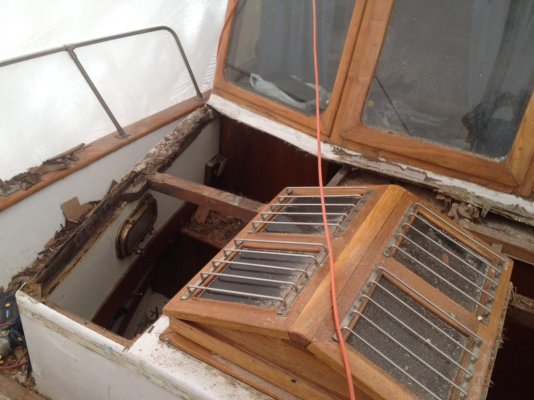
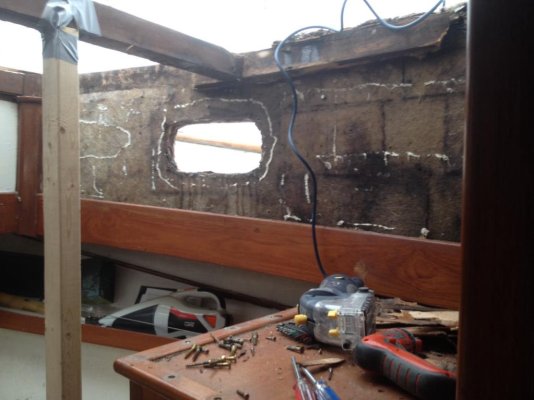
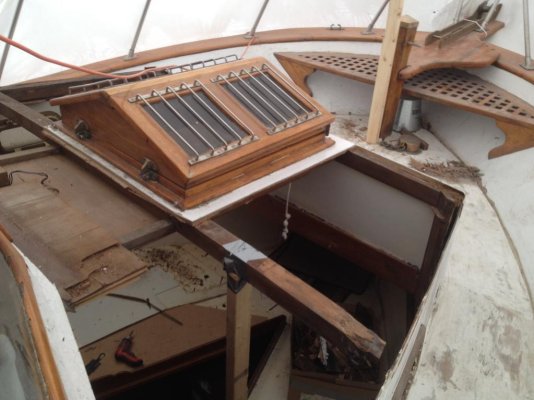
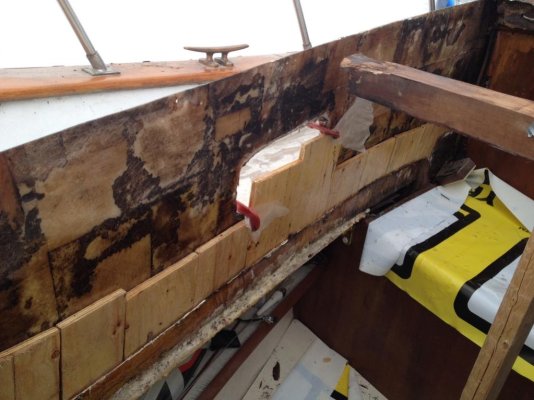
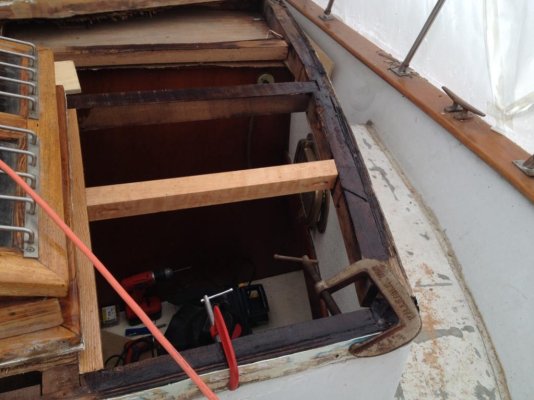
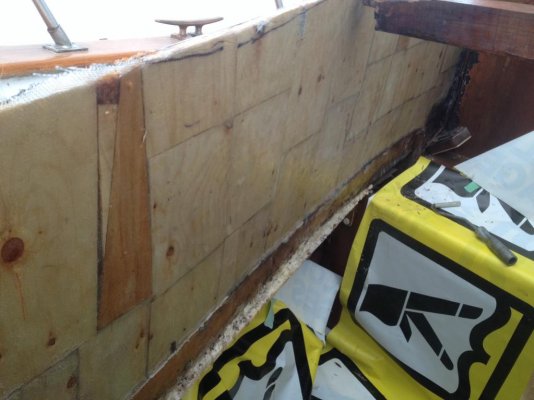
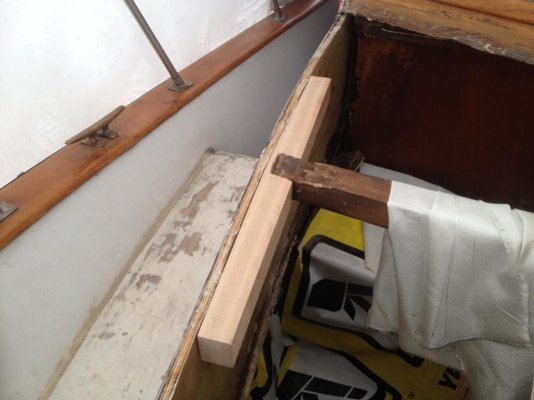


Posting a few pictures from first half of the project. I'll post some more once completed in a couple of weeks.













